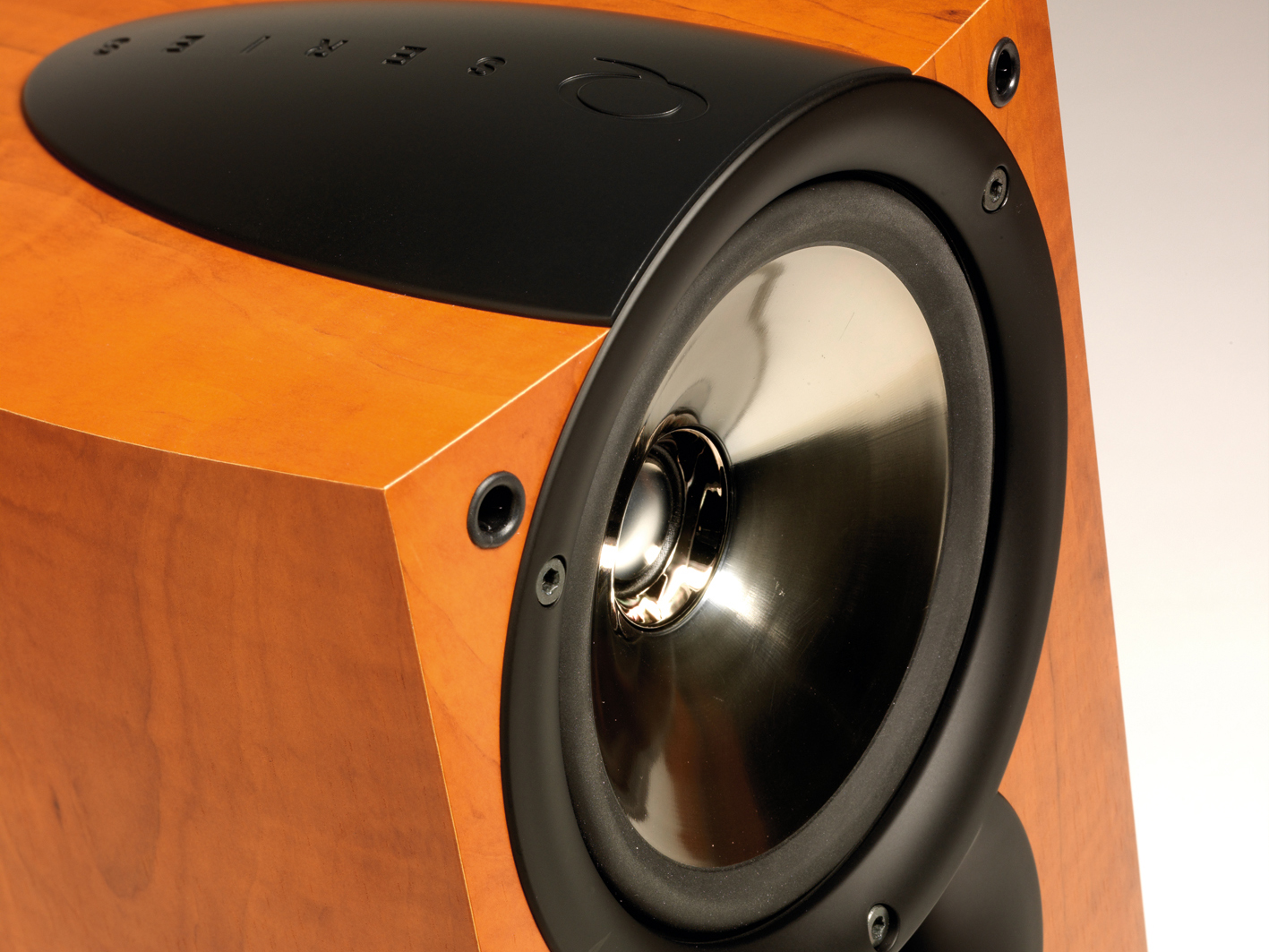A new age of high-definition audio
Blu-ray and HD DVD can deliver truly awesome audio

Surround sound has made big strides since it hit cinemas in the 1970s. The 1990s home cinema boom brought it into living rooms and DVD gave multichannel digital audio to the masses.
DVD-style Dolby Digital 5.1 audio is now a regular feature of HDTV broadcasts too. Blu-ray and HD DVD disc formats can now reach even greater levels. Along with premium picture options such as 1080-line progressive scan there are four new HD audio formats for producers to choose from. Discs also offer alternatives in case your hardware cannot handle them.
Dolby and DTS audio
At most, Blu-ray and HD DVD currently have the storage capacity of around three to five DVDs, depending on the HD disc type. Most of this space gets devoted to HD video (obviously), but it also allows studios to add more soundtracks, extra surround channels and a higher definition of sound.
The new formats are: Dolby Digital Plus, Dolby TrueHD, DTS-HD High Resolution Audio and DTS-HD Master Audio.
All of these take advantage of the additional disc space provided by Blu-ray and HD DVD. Athough, it's worth pointing out that they are not the only audio formats on HD DVD or Blu-ray discs. Many continue to use traditional Dolby Digital and DTS formats, especially classics whose picture has been remastered for HD. It's relatively straightforward to remaster movies because cinema film is normally an excellent source material. It's not always easy to remaster older soundtracks.
Many early Blu-ray discs used uncompressed Linear PCM audio. This is the raw digital mastering format (typically sampled at 96kHz/24bits for recent movies) and playable through virtually all surround sound amplifiers. It's superb quality, but not space efficient.
Listen to the difference
The upgrade for Dolby Digital is called, unsurprisingly, Dolby Digital Plus. It's backwards compatible with any Dolby Digital equipment because it carries a normal 5.1 'core'.
Sign up for breaking news, reviews, opinion, top tech deals, and more.
Unleashed in full, it can carry up to 7.1 channels compressed and sampled at 96kHz/24bits and encoded at maximum bitrates of 1.7Mbps (Blu-ray) or 3Mbps (HD DVD).
In contrast, conventional Dolby Digital uses 48kHz sampling and bitrates of 384 to 448Kbps. Dolby Digital Plus can also be effective at low bitrates to improve the sound of TV broadcasts and internet content.
Dolby's high end offering is TrueHD, which employs lossless compression to perfectly reproduce the original studio master. It uses up to 192kHz/24-bit sampling across six channels, or 96kHz/24bits for eight channels. The maximum bitrate is 18Mbps. It needs more capacity than Dolby Digital but requires two to four times less data than uncompressed LPCM.
Read Dolby's official descriptions of them here.
Dolby vs. DTS
Since the 1990s Dolby's competitor has been DTS and the HD arena is no exception. DTS-HD High Resolution Audio is DTS' equivalent of Dolby Digital Plus, though with potentially higher bitrates.
The DTS-HD rival to TrueHD is Master Audio, which is also a lossless system. Master Audio arrived later than TrueHD so it hasn't appeared on so many discs to date and some products aren't fully compatible. However, the future should sound pretty sweet once discs and hardware are up to speed.
In the next part of this feature we'll tell you what kind of equipment you'll need to make the most of the new HD sound formats.
Tech.co.uk was the former name of TechRadar.com. Its staff were at the forefront of the digital publishing revolution, and spearheaded the move to bring consumer technology journalism to its natural home – online. Many of the current TechRadar staff started life a Tech.co.uk staff writer, covering everything from the emerging smartphone market to the evolving market of personal computers. Think of it as the building blocks of the TechRadar you love today.